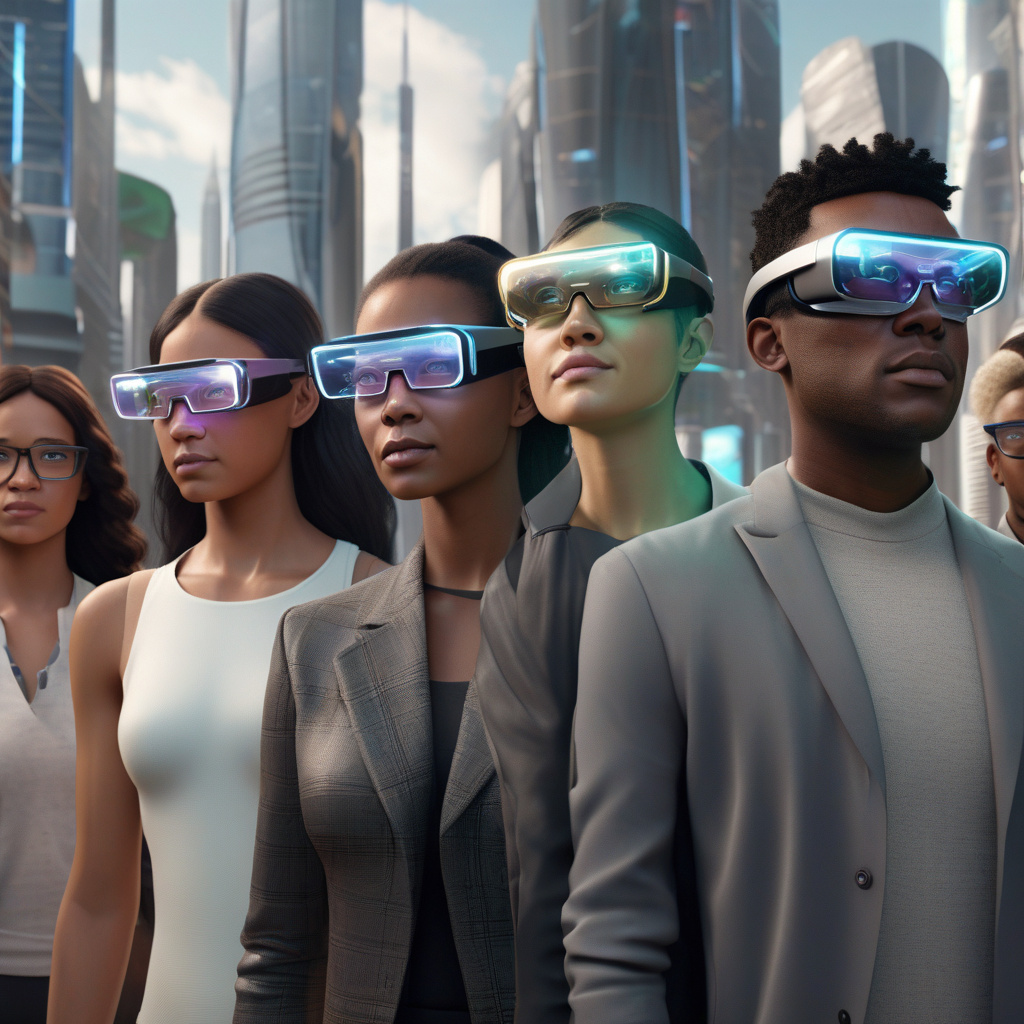Apple and Google: The Race for AI Glasses Dominance
In the realm of tech giants, Apple and Google are setting their sights on the future of AI glasses. Recent reports suggest that these companies anticipate a shift where smart glasses will surpass smartphones as the most utilized device. With Meta taking the lead in AI glasses sans traditional screens, Apple and Google are gearing up to challenge Meta’s dominance in the mobile computing arena.
Meta, currently ahead in the non-visual AI glasses market with its Ray-Ban Meta glasses, has made significant strides by shipping around 2 million units and generating $600 million in revenue. This success has raised concerns among competitors who fear Meta’s potential expansion into AR glasses leveraging its current lead.
Meta’s upcoming smart glasses, including the rumored “Hypernova” model, are projected to feature innovative designs with integrated displays, advanced interfaces, and enhanced functionalities. These developments signal Meta’s intent to solidify its position in the evolving tech landscape.
On the other hand, Apple, under the leadership of CEO Tim Cook, is intensely focused on outpacing Meta in the augmented reality glasses space. Cook’s strategic emphasis on AR glasses as Apple’s future flagship product underscores the company’s commitment to innovation and market leadership.
Despite Apple’s ambitious vision for lightweight AR glasses that seamlessly blend digital information with the real world, the technology required for such a product is still in the developmental stages. Key components like ultra-high-resolution displays, efficient chips, and long-lasting batteries are essential elements that need refinement before Apple can realize its AR glasses ambitions.
In the interim, Apple is working on interim solutions like the Vision Pro headset to engage users and developers while continuing to push forward with AR glasses development. This incremental approach allows Apple to maintain momentum and build anticipation for its future AR products.
Meanwhile, Google has re-entered the AR glasses conversation with a new prototype showcasing AI-powered features that integrate seamlessly with everyday activities. By focusing on user experience and functionality, Google aims to position its AR glasses as a natural extension of smartphones, offering access to Android apps and Google services in a stylish and user-friendly manner.
Collaborating with Samsung on the development and launch of Android XR glasses further demonstrates Google’s commitment to innovative partnerships and cutting-edge technology. The planned release of these glasses in 2026 signals Google’s strategic alignment with key industry players to drive the adoption of AR glasses.
As these tech titans navigate the complexities of developing AR glasses that balance style, functionality, and affordability, the industry is witnessing a newfound fervor for realizing this futuristic technology. With substantial investments in research and development, strategic partnerships, and hardware advancements, the race for AI glasses dominance is heating up.
While technical barriers persist in the journey towards mainstream adoption of AR glasses, the collective efforts of Meta, Apple, Google, and other industry players indicate a shared commitment to overcoming these challenges. The convergence of cutting-edge technology, consumer demand, and industry innovation sets the stage for a transformative era where AR glasses may soon become an integral part of everyday life.

